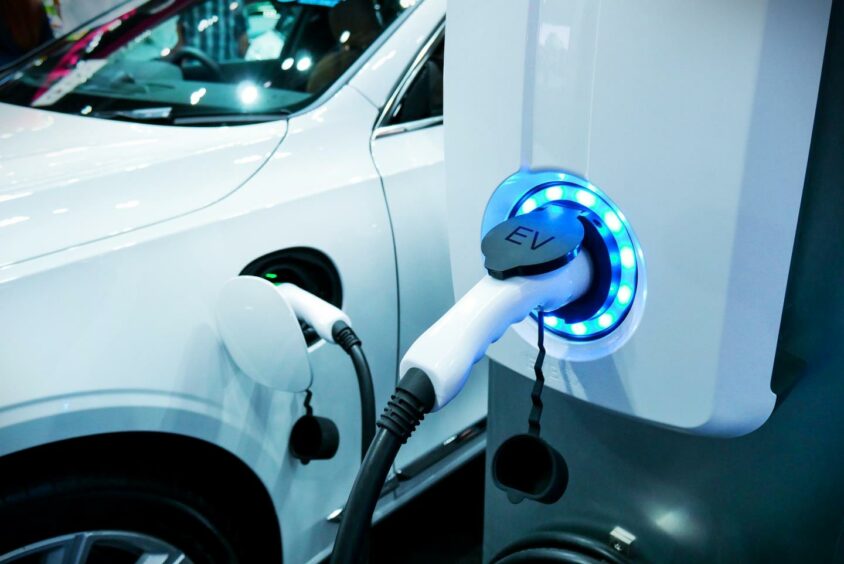
To avoid catastrophic climate breakdown, we must limit global temperature rises to 1.5C, and the UN’s Intergovernmental Panel on Climate Change warns that the time to act is “now or never” if we are to achieve this. As the biggest single contributor to global warming, the energy sector has a huge role to play, but alarm over energy security following Russia’s invasion of Ukraine threatens to derail an already fragile energy transition. Now, more than ever, support for low carbon energy innovation is urgently needed to roll out clean energy solutions that reduce emissions along with dependence on Russian oil and gas.
The role of patents
Building a net-zero world requires innovation in energy supply technologies, including wind and solar energy. It is also dependent on developments in end-use sectors such as mobility and heating if we are to scale up the use of renewable energy to a level where it can replace oil and gas.
Businesses that can quickly innovate in these areas will be able to take advantage of enormous green growth opportunities. However, it is vital that the right commercial and legal framework is in place to reward those who contribute, whilst also ensuring that any successful developments can be made available for global use in an equitable way.
The patent system is designed to stimulate innovation. In return for filing a patent, holders can gain exclusive rights to make, sell and use the invention, or to licence these rights to others. The promise of exclusivity and financial reward pushes innovators to pursue technical innovation and encourages investment.
The patent system also provides a mechanism that allows innovators to collaborate with one another to drive forward innovation at a faster pace, while also protecting individual parties’ contributions. Working together is no longer optional – it is essential in the fight against climate change.
The patent landscape
Published patent applications provide a snapshot of the energy innovation landscape, which is a useful tool for investors and innovators deciding where to target their efforts.
According to a joint report by the EPO and the IEA, patent applications related to low carbon energy technologies saw three years of growth to the end of 2019, contrasted with a simultaneous decline of patenting in relation to fossil fuels.
However, the drivers behind this growth are not energy supply technologies. For example, patent filings in the wind and solar energy fields dropped in the five years to 2019 as compared to the preceding 5 years. Despite remaining significantly higher than 2000-2009 levels. It appears that these technologies have reached a stage of maturity where, while inventive activity is still rife, we cannot expect the radical step changes needed to meet climate change goals.
For this, we need to look to innovation in energy storage and grid management solutions, which integrate renewable energy sources into the energy supply more efficiently and at larger scale. We also need to look to the mobility and heating sectors where increased electrification can shift reliance away from fossil fuels.
Compared to the reduction in activity in energy supply technologies, the report shows increased inventive activity in the areas of batteries, hydrogen, fuel cells and smart grids. In terms of end-use sectors, it identifies electric vehicles as the most powerful driver of innovation in low carbon energy technologies over the past decade.
The EPO report does, however, make clear that there remains a need for more rapid innovation for the energy sector to reach net-zero emissions. Here, governments should step in to boost funding for research and development into new technologies and areas that could have the potential to outperform the current market leaders. These technologies will not attract large private investment without the initial public-sector support to get them off the ground.
Georgina Ainscow is a partner at Reddie & Grose, a firm of UK and European Patent, Trade Mark and Design attorneys
Recommended for you

 © Supplied by Say Comms
© Supplied by Say Comms